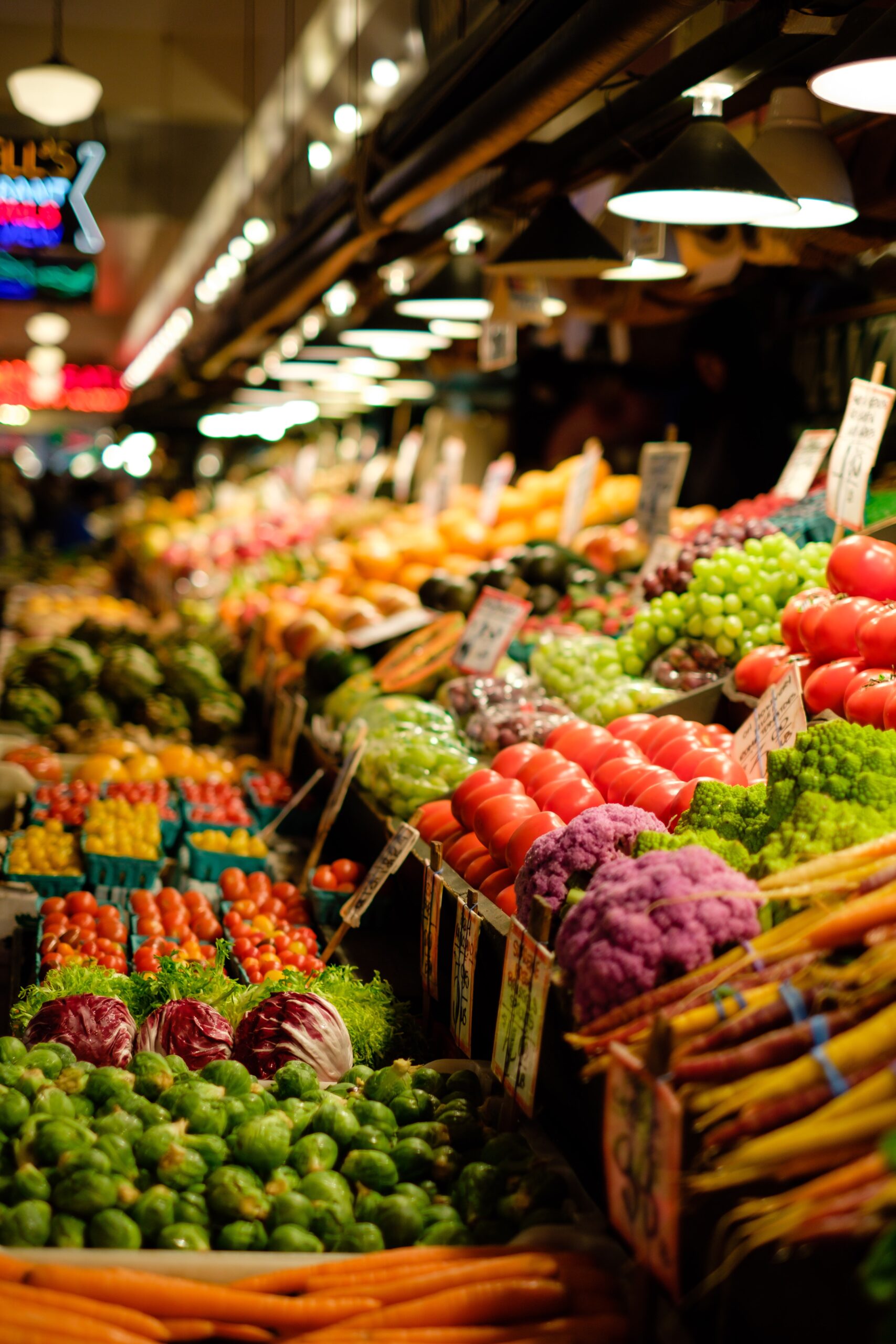How can we increase take-up of CalFresh among eligible college students?

Project Summary
In 2021, to offset the economic consequences of the COVID-19 pandemic, California expanded eligibility for its Supplemental Nutrition Assistance Program, called CalFresh. This eligibility expansion meant a substantial number of college students across the state may have become eligible for CalFresh for the first time. We supported a statewide outreach campaign to encourage program enrollment among likely-eligible college students. We found that students who received informational postcards in addition to emails were more likely to apply for CalFresh than students who only received email, and that simplified language also increased application rates.
Why is this issue important?
In response to the pandemic, Congress permitted a temporary expansion to college student eligibility for SNAP (Supplemental Nutrition Assistance Program), or CalFresh as it is known in California. As of October 2021, qualifying students who applied for CalFresh could receive up to $234 per month to spend on groceries. Yet college students may have lacked awareness about their eligibility, especially given the pandemic-related eligibility expansion. They also must navigate particularly complicated eligibility criteria for students, as well as the stigma that is associated with participation — both of which may deter them from claiming benefits for which they’re eligible.
What are we doing?
In collaboration with the California Policy Lab (CPL), we supported the California Department of Social Services (CDSS) and the California Student Aid Commission (CSAC) in conducting a statewide outreach effort to inform likely-eligible college students about the newly expanded CalFresh eligibility criteria. Using data from CSAC, a total of 285,325 college students across the state of California were identified as likely eligible for CalFresh under the expanded criteria based on their financial aid information. In a randomized experiment, we then tested the relative effectiveness of different messages and modes of communication (postcards versus email).
What have we learned?
We found that the modality of communication had a large impact on application rates: 2.9% of students who were only sent an email submitted an application for CalFresh compared to 4.9% of students who were sent an email and a postcard — a 69% increase. Simplifying the content of the communication also yielded a small increase in application rates, but other variations in message content had no meaningful effect. Overall, this outreach resulted in over 10,000 students applying for CalFresh.
What comes next?
The findings from this evaluation can be used by policymakers to inform future outreach efforts about CalFresh, as well as other government programs. We are also continuing to evaluate the impact of messaging language and modality on take-up of government programs in other contexts.